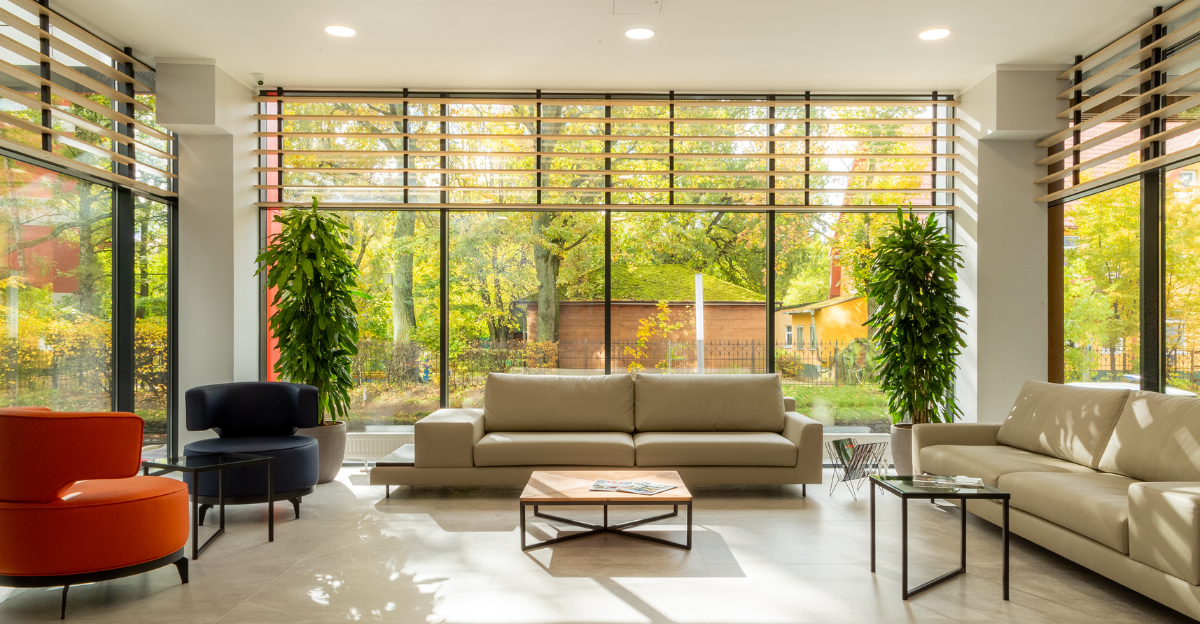Personal Loans: Smart Move or Risky Choice?
Personal loans are financial advances provided by banks, which allow individuals to borrow a sum of money to be paid back over a period of time, such as 12 to 24 months, at a fixed interest rate. Unlike mortgages and car loans, personal loans can be taken out for a variety of expenses, such as debt consolidation or funding for major projects or expenses. Personal loans often have higher interest rates than secured loans because they do not require collateral. It's crucial to assess your financial needs to decide if taking a personal loan is wise or risky. Advantages of Personal Loan Personal loans often have fixed interest rates and consistent monthly payments, which can help with
Read More











